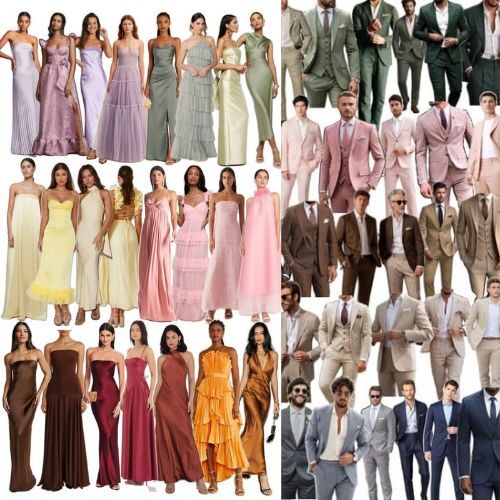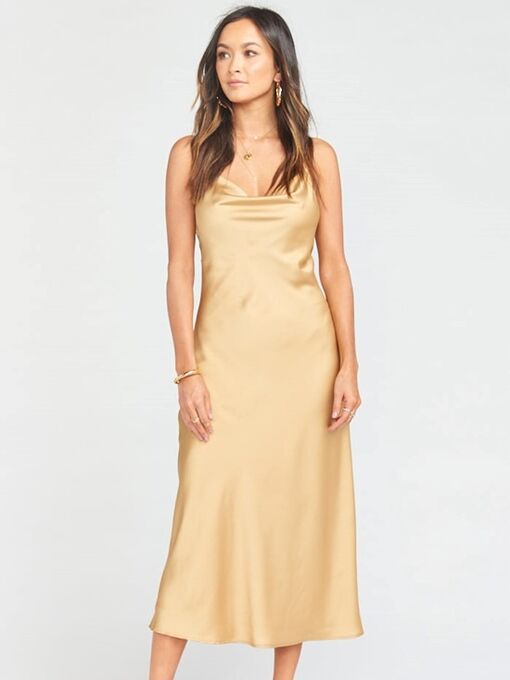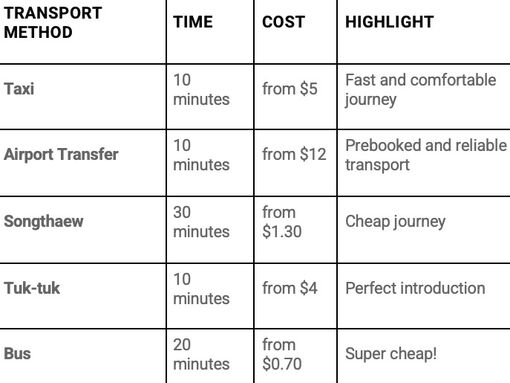
Annie & Dominic
Annie & Dominic
FAQs
We hope you find the below a helpful resource as you navigate your travel plans, wedding festivities, and time in Thailand.
When will you be in Asia?
We will be in Hua Hin for Christmas and returning home from Tokyo on Jan 21. We will be in Chiang Mai the evening of the 27th and be there for wedding festivities and New Years Eve. On Jan 1, we fly to Luang Prabang, Laos until Jan 4th then will be in Phuket departing Jan 7 to Japan. If anyone is interested in visiting Laos with us, it truly is a very beautiful country and we would be happy to show you around.
Will we be able to see you before or after the wedding?
We would love to meet up prior to and following any formal wedding events when possible. Join us for Christmas, New Year's Eve, in Laos, Phuket, or Japan. Having the opportunity to travel and explore Asia with our family and friends is one of the main reasons we opted for a destination wedding!
What does Traditional Lao or Thai attire look like?
For our traditional ceremony, if you are comfortable, we invite you to embrace the cultural heritage by wearing traditional Lao or Thai attire which you can rent or purchase in Chiang Mai.
Men
Lao: A fitted shirt with traditional patterns. A sash or scarf (pha biang) draped over one shoulder is optional.
Thai: Chong kraben (traditional trousers) with a Raj pattern shirt, complemented with a sash if desired.
Women
Lao: A sinh (traditional skirt) paired with a fitted blouse. You may also accessorize with a silk scarf (pha biang) and traditional jewelry.
Thai: A chut Thai (traditional dress) consisting of a silk or cotton skirt and a fitted blouse. A silk shoulder cloth (sabai) and traditional jewelry can complete your look.
Where can I rent my traditional attire from? What are prices like?
Our wedding planner recommends Aod Tawee which is located in the heart of Chiang Mai's Old Town. The shop offers rentals for both men and women. Prices range from ฿500-800 per rental. Hair and makeup is also available for another ฿800. If you mention it is for "Khun Dominic and Khun Annie's wedding" you can pick up the clothing in advance and they will let you keep it until the 31st.
Anything I should know about a traditional wedding ceremony before I attend?
The more people the merrier - come ready to go with the flow and celebrate! You'll be more actively involved in items 2. and 6. below, so if you read something, read that.
Though traditions may vary family to family and region to region, the ceremony generally consist of:
1. Preparation
~ The Groom, his family, and friends gather at his home or a designated starting point.
~ They prepare trays of offerings called "khaan maak," which include items like fruits, flowers, betel nuts, and traditional snacks, symbolizing prosperity and good fortune.
2. Procession
~ The Groom, dressed in traditional attire, leads the procession to the bride’s “home” (in this case, a designated spot in the garden).
~ Accompanied by musicians playing traditional instruments, the procession is lively with singing, dancing, and joyful shouts.
~ Friends and family members carry the khaan maak trays, and some might hold umbrellas over the groom to protect him from the sun and symbolize respect.
3. Arrival at Bride’s Home
~ Upon arrival, the Groom and his entourage are welcomed by the Bride's family and friends.
~ The Groom must pass through a series of symbolic gates, often held by the Bride’s younger relatives who tease the Groom and his party in exchange for small monetary gifts or treats.
~ At each gate, the Groom is required to negotiate his way through symbolizing his commitment and willingness to overcome obstacles to be with his Bride. These challenges are an important and cherished part of the traditional wedding ceremony, highlighting cultural values of perseverance, love, and community.
4. White Thread Ritual
~ Once the Groom successfully reaches the Bride’s "home", the white thread ritual can begin.
5. Tying Ritual and Gifts and Blessings:
~ Guests take turns tying the white threads around the couple’s wrists, offering blessings and well-wishes.
~ Guests present gifts to the couple, often in the form of money in red envelopes symbolizing good luck and prosperity.
What does Heritage Formal attire mean?
We invite guests to dress in elevated styles mirroring the historical and cultural design of the venue. This is not the time for dark or heavy fabrics. Flowing gowns, linen suits, and soft, muted tones are perfect. Light fabrics and comfortable shoes are encouraged, keeping in mind the tropical climate and the grassy and stone pathways.
Ladies
Mid to floor-length dresses. Opt for luminous silks, floaty chiffons and other soft textures to channel effortless elegance. Subtle prints, romantic ruffles and shimmering details also provide an elevated statement that will take you from day to night.
Shoes: As the stone pathway can be uneven, comfortable yet elegant heels, or dressy flats work best.
Gents
A dapper linen or cotton suit in lighter shades (beige, light grey, soft blue) is suggested.
Shoes: Loafers or dress shoes. Avoid heavy or dark footwear that might be uncomfortable for an outdoor venue.

What style dress and colours are the bridesmaids wearing?
The Bridesmaids are wearing a satin and silky cowl neck dress in True Gold as pictured below.

Any colours to avoid?
We kindly request you avoid wearing white or ivory.
What is the weather like in Chiang Mai in late December?
December is the dry season in Thailand, and Chiang Mai is especially dry. Temperatures range from 15C to 29C. Consider wearing light layers as temperatures can drop in the evening.
Did the vow ceremony venue change? How does this affect me?
Yes, due to historical flooding in Chiang Mai, we have changed our vow ceremony venue from At Pingnakorn Riverside Hotel to Dhara Dhevi. To be absolutely clear, there will be no events at At Pingnakorn Riverside Hotel.
All dates remain the same but this means there is no longer an official wedding hotel and you will need to book your own accommodations. We have listed suggestions under "Venue and Accommodations".
The new venue is still 15 minutes from the city centre so if you stick within the Old City, Nimman, Night Bazaar, or Riverside areas, it is still easily accessible to you.
What is the Lanna Kingdom?
Before Thailand was the country that we know it to be today, it used to be quite different in terms of culture and size. Two main cultures—the Siamese and the Lanna—dominated the region for centuries. The Lanna had hold in the north, and the Siamese had hold in the south. The two kingdoms eventually unified and merged together to form what we now know as Thailand!
Despite this historic merging of cultures, the northern part of Thailand has still managed to maintain its identity in a number of ways—which is probably why you will hear Chiang Mai being referred to as “Thailand’s Culture Capital.” The food is different, the architecture is different, and even some of the language can be different.
Where can I get an e-sim or sim card?
AIS is the largest network in Thailand. AIS e-sims and sim cards are available online or in the airport. It can be slightly more expensive to obtain at the airport but it saves you the hassle of setting it up yourself and finding a retailer.
Regional e-sims and sim cards are also available prior to travelling. We've been recommended airalo (e-sims).
How do I get from the airport to my accommodations?
Chiang Mai Airport is actually only 3 kilometers away from the Old City. It’s a super close journey but unfortunately, not really a walkable one considering the traffic around. The most popular transport choice is Chiang Mai Airport Taxis which have a fixed price but we will break down the many options below.

Do I need a converter or adapter for my electronic devices?
You don't need a converter or adapter for Thailand for a phone or laptop, though if you have a charger with a ground you may have trouble finding an outlet. Other devices, such as hair dryers or curling irons, likely will need a converter. Thailand operates at 220-230V so check your charger/device if you're unsure.
If you're travelling to other countries you may need an adapter to make the charger fit into the outlet but it caries from country to country so you'll have to research. Here is a link that lists different outlet types for many countries: Voltage, frequency and plug types